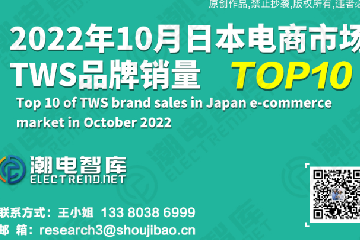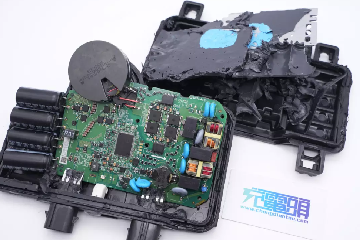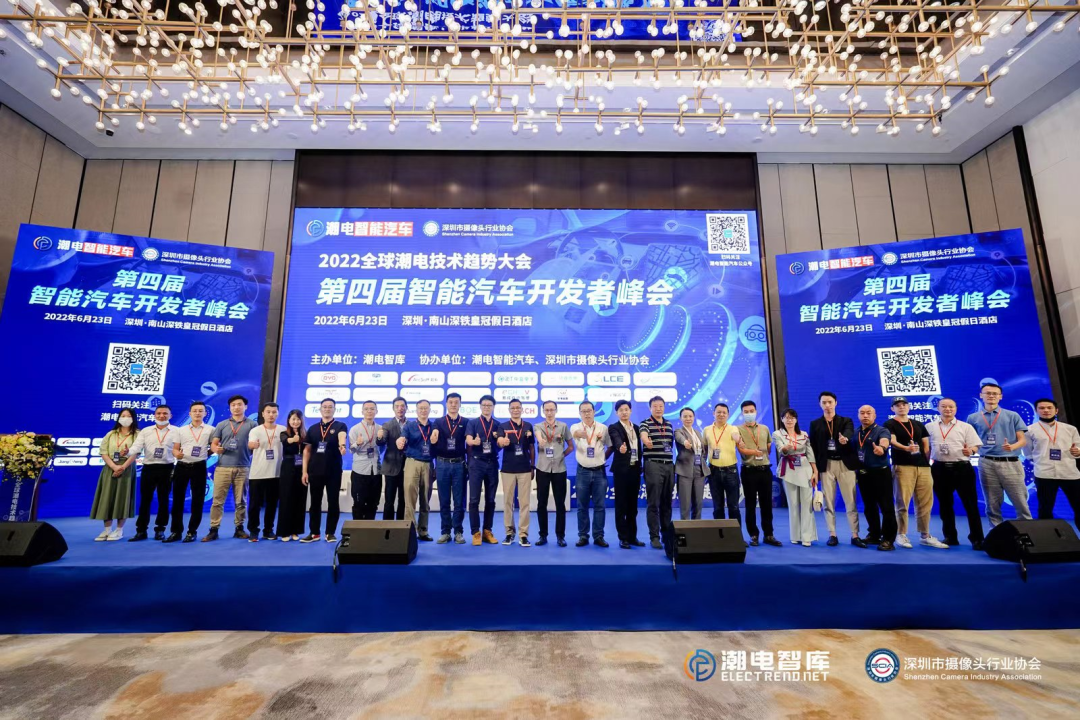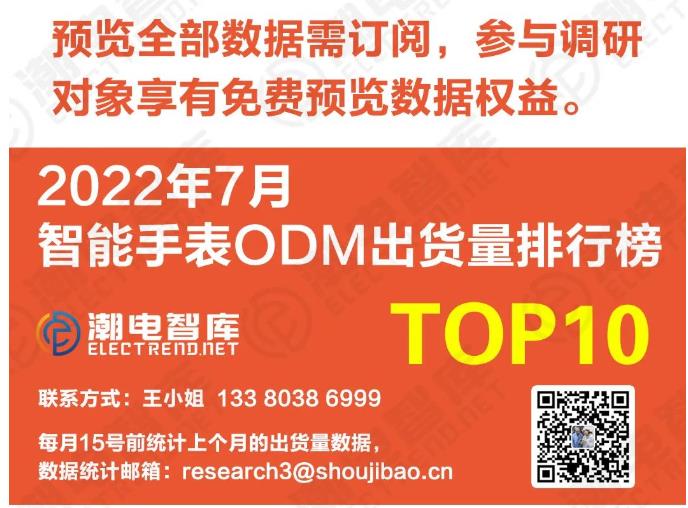Recently Huawei officially announced that it signed a Memorandum of Investment Cooperation with Changan Automobile in Shenzhen on the 25th. After consultation, Huawei intends to set up a new company focusing on the research and development, production, sales and services of intelligent driving systems and incremental components for intelligent networked vehicles. Zhu Huarong, Chairman and Secretary of the Party Committee of Changan Automobile, Wang Jun, President of Changan Automobile, Tan Benhong, Deputy Secretary of the Party Committee of Changan Automobile, Pu Xingchuan, Secretary of the Discipline Inspection Committee of Changan Automobile, Wang Hui, Vice President of Changan Automobile, Xu Zhijun, Chairman of Huawei's Rotating Chairman, and Yu Chengdong, Managing Director of Huawei and Chairman of Intelligent Vehicle Solutions BU, attended the event.

According to the MOU, Huawei intends to integrate the core technologies and resources of its Intelligent Vehicle Solutions Business (hereinafter referred to as Huawei Automotive BU) into the new company, in which Changan Automobile and its affiliates will be interested in investing and working with Huawei to support the future development of the company. The new company will be committed to becoming a world-class leader in the automotive intelligent driving system and component industry, and will serve as an open platform serving the automotive industry, opening up its equity to investors such as existing strategic partner automotive companies and automotive companies with strategic value, so as to become a company with diversified equity. The new company will continue to serve its customers with high quality and work with its partners to promote the technological innovation and leadership of intelligent vehicles and the prosperity of the automotive industry.
At the same time, Changan Automobile also released an announcement on the signing of the Memorandum of Investment Cooperation, which shows that Party A (Huawei Technologies Co., Ltd.) will set up a target company, whose business scope includes automotive intelligent driving solutions, automotive intelligent cockpit, intelligent automotive digital platforms, intelligent vehicle cloud, AR-HUD and intelligent vehicle lights, etc., and will inject the relevant technologies, assets and personnel dedicated to the business scope of the target company into the target company. The specific business scope and loading program will be determined in the final transaction documents. Party B (Chongqing Changan Automobile Co., Ltd.) and its related parties of this transaction intend to contribute to acquire equity interests in the target company with a ratio of not more than 40%, and the specific equity ratio, amount of capital contribution and period shall be separately negotiated by both parties.
The principle of cooperation is that the Target Company will operate independently based on market-oriented principles and adopt a market-oriented management system and remuneration incentive framework. Both parties commit to long-term cooperation and strategic synergy with the target company, and the components and solutions within the scope of business will in principle be provided by the target company for vehicle customers. In principle, Party A will not engage in business that competes with the business scope of the target company, and Party B will fully promote strategic synergy with the target company.
In addition, the target company will gradually open up its equity to investors such as existing strategic partner automobile enterprises and automobile enterprises with strategic value, so as to become a company with diversified equity.
At the same time, the industry has also rumored that Huawei's new company capital platform will be operated by the Chongqing State-owned Assets Supervision and Administration Commission (SASAC), to create an overall valuation of about 250 billion yuan of large-scale capital operation platform, the Chongqing SASAC will become the largest shareholder, Huawei will be the automotive business Huawei Automotive BU business as a whole packaged injected into the new company, Chang'an Automobile, the Military Installation Group, and other affiliates to take a 40% stake in the car, which is ready to prepare for the Changan Automobile 40 billion yuan cash injection into the new company. The company has prepared about 40 billion yuan in cash to inject into the new company. However, both Huawei and Changan Automobile have said that they have not introduced the Chongqing State-owned Assets Supervision and Administration Commission (SASAC).
However, the establishment of the new company does not include Huawei Automotive's core business of three electric systems DriveONE electric drive and high-voltage fast charging, which are still part of Huawei's digital energy sector. From an overall point of view, the new company is still mainly in the Huawei Hongmeng intelligent automobile system software under the software, hardware integration business, such as intelligent cockpit, virtual display, automatic driving sensing, intelligent driving V2X vehicle road cloud synergy and other traditional hardware AI artificial intelligence algorithms upgraded and integrated, etc., compared to the automotive three power to the entity as the core of the business, the new company's business is more "false" some. The new company's business is more "virtual" than the physical core business of the automotive three electrics.
Huawei Automotive BU includes dozens of intelligent automotive components, including three major in-vehicle operating systems, MDC, LiDAR, HarmonyOS cockpit, car cloud services, all-in-one powertrain and other products. Huawei's independently innovative automotive digital architecture includes three major computing platforms: the intelligent driving computing platform, the intelligent cockpit computing platform, and the intelligent vehicle control computing platform, as well as three major operating systems, HOS (intelligent cockpit operating system), AOS (intelligent driving operating system), and VOS (intelligent vehicle control operating system), etc., and this year, it is also in the process of integrating the AI artificial intelligence parts such as the Pangu big model into the three major operating systems Huawei
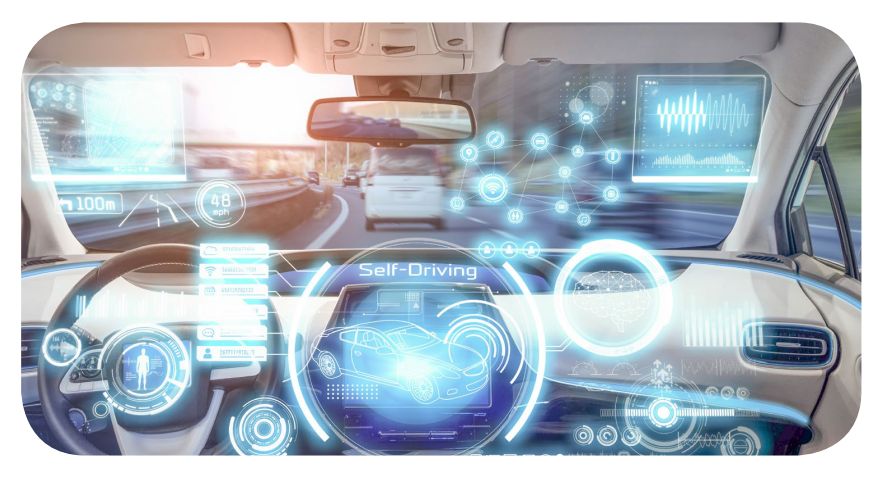
Huawei believes that the core drivers of smart cars are computing and software. The transformation of traditional cars to smart cars is like the transformation of feature phones to smart phones, requiring strong computing power and rich application software support. With the support of computing and software, cars can continue to develop new functions, continuously improve and optimize the car experience, and often use new! Create software-defined cars with an open digital car architecture.
Huawei Automotive BU aims to modularize hardware, standardize interfaces, and standardize system platforms, and has two modes of cooperation with its partners, one of which is the HuaweiInside mode, in which Huawei provides a full-stack solution for intelligent driving that includes intelligent driving application software, computing platforms, and sensors.
The other is the MDC platform model, in which Huawei provides the MDC intelligent driving computing platform, which mainly consists of hardware based on the Ascend SoC, the automated driving operating system AOS and the vehicle control operating system VOS, as well as the AutoSAR middleware. the MDC platform connects the partner's sensors and actuators to support the partner's development of intelligent driving software.
On the MDC platform model, Huawei focuses on building three ecosystems: the intelligent driving software ecosystem, the sensor ecosystem, and the actuator ecosystem. Through the standardization of hardware interfaces and the ecologization of software applications, Huawei realizes upgradable software, replaceable hardware, and plug-and-play sensors, and Huawei has established extensive cooperation with hundreds of partners.
Huawei's automotive BU business first started with in-vehicle modules. In 2013, Huawei launched the ME909T and began to enter the field of Telematics, and established partnerships with Changan, Audi, Mercedes-Benz, and other well-known car companies.
In 2014, Huawei set up a car networking lab within the "2012 Lab" to lay out automobile-related business, and launched the HiCar solution that benchmarks Apple's in-vehicle system CarPlay to bring Huawei's cell phone applications to the car.
In 2016, Huawei, Audi, BMW, Daimler, Ericsson, Intel, Qualcomm, and eight other members announced the establishment of the 5G Automotive Communication Technology Alliance, which aims to develop, test, and promote communication solutions for autonomous driving, ubiquitous access to services, smart city integration, and intelligent transportation.
In April 2019, Huawei announced its entry into the smart car market, launching five major solutions: smart internet connection, smart driving, smart cockpit, smart electric, and car cloud services. on May 27, 2019, Huawei set up the Smart Car Solutions BU (business unit), which is "an end-to-end business responsibility for the smart car field, extending Huawei's ICT advantages to the smart car industry. Huawei's ICT technology (information and communication technology) strengths are extended to the smart car industry, providing incremental ICT components and solutions". At the time of its establishment, Huawei said that it does not build cars, but focuses on ICT technology to become a supplier of incremental ICT components for automobiles and help companies build good cars.
In May 2020, Huawei joined hands with 18 automobile enterprises, including FAW Group, Changan Automobile, Dongfeng Group, SAIC Group, GAC Group, and BAIC Group, to establish the "5G Automotive Ecosystem" to accelerate the commercialization of 5G technology in the automotive industry.
On August 14, 2020, Huawei Intelligent Vehicle Solutions BU officially announced the Huawei Hongmeng in-vehicle system, which realizes the seamless interconnection of diverse terminals, such as cell phones, televisions, wearable devices, and automobiles.
On October 26, 2020, Huawei adjusted the business jurisdictional relationship of the Intelligent Vehicle Solutions BU to the Consumer Business Management Committee to accelerate the landing of intelligent vehicle solutions.
Huawei considers basic software platforms to be the business enablement layer, which users cannot directly perceive, and basic capabilities. These basic capabilities are technically difficult and have a large development volume. After Huawei builds these basic capabilities, it can greatly reduce the development difficulty of intelligent vehicles, improve development efficiency, and reduce development costs. Car companies can then focus on bringing users a better experience, and build the car into a platform that continues to create value.
Huawei said that the focus of users is gradually shifting from the mechanical attributes of automobiles to intelligent and electrification-related attributes. A good intelligent electric car in the future not only needs to be enabled by a digital platform on the R&D side to realize rapid development and cost reduction, but also needs to face the multiple challenges of rapid software iteration and vehicle safety and trustworthiness on the user's side, so the connotation of "making a good" car and "a good car" is changing. The connotation of "building good" cars and "good cars" is undergoing profound changes. The future incremental market for intelligent connected vehicles will reach a trillion-dollar scale, and Huawei hopes to leverage its technological advantages in the ICT industry to become an incremental component supplier in the field of intelligent vehicles, and join hands with industry chain partners to embrace changes in automotive electrification and intellectualization, so that together we can "build good" vehicles and "good cars".
From the perspective of industry policies and regulations, in recent years, governments have issued a series of policy guidelines to regulate the development of the smart car industry. In China, for example, policies related to intelligent networked vehicles have been introduced intensively around quality and safety, functional safety, network security, data security, road test specifications, etc., which have promoted the demonstration of the intelligent vehicle industry. In the future, with the further improvement of smart car-related standards and regulations and the continued guidance of policies, a policy and regulatory environment will be formed with chapters to follow, laws to comply with, and standards to reach, so as to promote mature technologies to accelerate the industrialization of the landing and promote the healthy and sustainable development of the smart car industry. In addition, under the background of "new infrastructure", the top-level design around information, convergence and innovation infrastructure has been strengthened, and infrastructure such as 5G, big data center, artificial intelligence, and charging piles for new energy vehicles will further strengthen the underlying support. Under the new development pattern of accelerating the construction of domestic and international double cycle, the domestic big cycle will further release the potential of domestic demand, and the "double cycle" will create favorable conditions for China's auto industry to participate in international competition.
The continuous functional upgrading of the entire life cycle of automobiles has put forward new requirements for vehicle electronic and electrical architectures, SoC (system-on-chip) arithmetic, effective utilization of software and data, and information security, and along with the accelerated injection of relevant ICT technologies and solutions, the automotive industry will usher in tremendous changes. Huawei predicts that by 2030, in-vehicle arithmetic will reach 5,000+ Tops, and arithmetic will no longer be a bottleneck for the development of smart driving, smart cockpit, XR (AR, VR, etc.), and other in-vehicle applications.
In the mobile scenario, 5G (including 5.5G) with its unique characteristics of large bandwidth, low latency, and high reliability will provide the basic guarantee for the interconnection of smart cars. Looking toward 2030, based on a variety of new technologies such as cloud, big data, IoT, and optical technologies, the intelligent digital platform will open up the physical and digital worlds of automobiles, greatly stimulating industry innovation and advancing industrial upgrading.
According to the financial report, Huawei Automotive BU since its inception, the cumulative investment has amounted to 3 billion dollars, and the R&D team has reached the scale of 7,000 people.2022 intelligent automotive solution components business revenue is only 2.1 billion yuan, and the first half of 2023 revenue is only 1 billion yuan. How to support the valuation of 250 billion dollars in the future will be the main goal of how the new company conducts business.
Huawei's previous cooperation with car companies in three modes: parts supply, HI mode and smart car mode, cooperation from shallow to deep. HI mode to provide intelligent solutions to car companies, cooperation in car companies with Changan deepest ties, smart car mode cooperation car companies including Sailis, Chery, BAIC, JAC, before this, Huawei in cooperation with these car companies have not set up a new joint venture company.
This time Huawei set up a new company and the introduction of car companies Changan Automobile equity, is considered to be Huawei car BU eager to find a deeper cooperation of an attempt.
At the same time, Huawei's "old friend" Sailis, late at night on the 26th, released a statement on its official microblogging, said that the company has received a joint investment in the target company, to participate in the creation of electrification, intelligent open platform invitations, the company is actively arguing to participate in the relevant matters of investment and cooperation. But with Huawei also cooperation Chery, BAIC, JAC is not also received an invitation to participate in the new company's investment, as well as previously also with Huawei cooperation back and forth SAIC, GAC, BYD, etc. will also participate in, there is no further news out.
The industry is worried about if the new company can not attract more car companies into the shares, Huawei's various business segments and the new company's cooperation synergies as well as between the car companies for the details of the new company's equity, as well as how to follow up with no participation in the investment of the new company's car companies, still need time to answer.
Huawei divested the relatively weak business of the automotive BU, mainly to be able to save a lot of R & D costs and developer expenditures, avoid the capital investment pit in the process of automotive AI evolution, as well as to circumvent Huawei's automotive BU to the global market encountered by the regulation of data management, regulation of AI development, and regulation of automotive advanced process chips and other difficult problems.
In addition to the R & D costs for car companies to take the initiative to participate in investing in new companies to share, Huawei Automotive BU also needs a large number of automotive terminals on board the installed base to carry out continuous data collection, and speed up the iteration speed of the software, in order to dominate the wave of automotive intelligence, and a large number of installed capacity can also be used for the automotive BU business to achieve profitability as soon as possible to lay the foundation. According to previous calculations, Huawei's automotive BU business will have to be bundled and sold on at least a million car terminals at the level of a million cars before it can realize profitability.
BU Chairman Yu Chengdong said: "We have always believed that China needs to build an electrified intelligent open platform jointly participated by the automotive industry, an open platform with a 'locomotive'. We deepen our cooperation with Changan, and will also work together with more strategic partner car companies to continuously explore a new model of openness and win-win situation, to jointly seize the opportunity of electrification and intelligent transformation of the automotive industry, and to realize the dream of the rise of China's automotive industry."
Changan Automobile also said that this cooperation will accelerate the construction of a complete, independent and leading full-stack intelligent vehicle capability for the intelligent era, and realize the company's comprehensive and steady transformation into an intelligent low-carbon mobility technology company.



